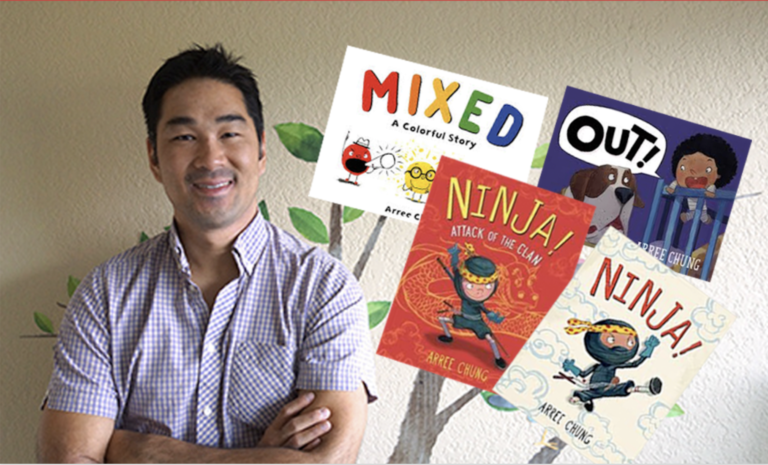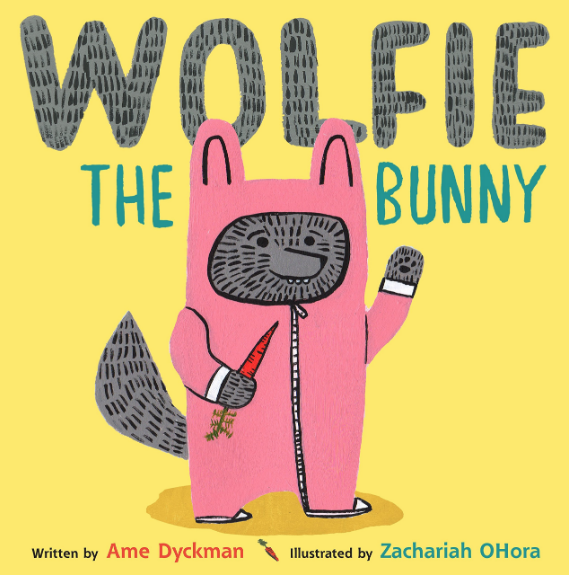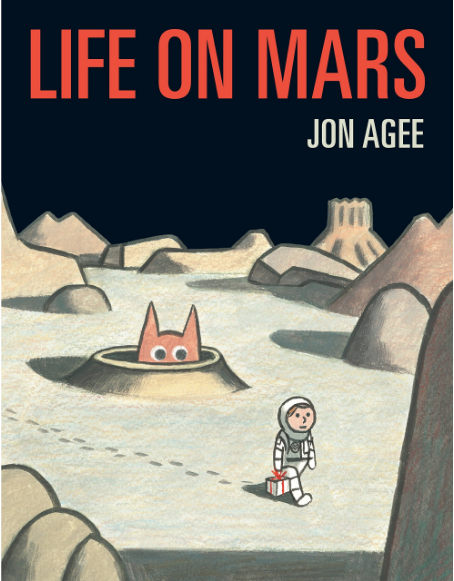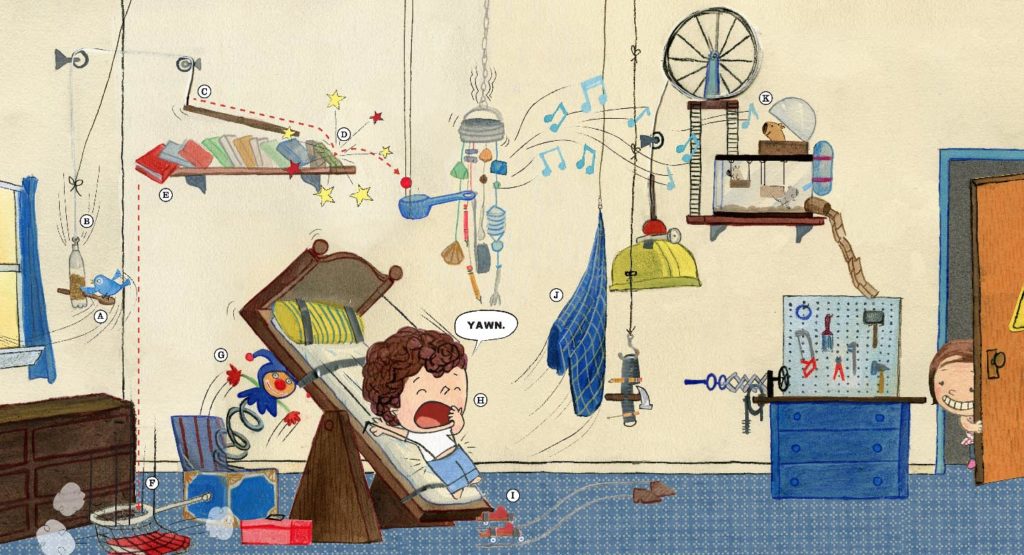How to Escalate a Picture Book Problem Using Story Loops
- by Myrna Foster
- February 18, 2020
A couple of weeks ago, we were talking about what story loops are and how to use them in one of Arree's Crafting Picture Book Stories workshops, and I thought it might be a good subject to cover on this blog. Story loops are the interesting pieces that catch the reader's attention and tie everything together. They're great for pacing, slow or fast, and for escalating a story's problem.

A story loop opens when you introduce something new or ask a question that needs to be answered. For example, In Ame Dyckman‘s Wolfie the Bunny, the first line is, “The Bunny family came home to find a bundle outside their door.” A loop opens when you wonder what the bundle is, right? Then you turn the page and find out it's a baby wolf, which answers the question and closes the first loop. A story loop can be short and sweet, or it can run the length of the book. For example, the parents adopt the wolf on the second page, which opens another loop, especially since Dot (their only child) is sure the wolf is going to eat them. And this loop doesn't close until the very end of the story. (And no, I'm not going to spoil a perfect ending. If you don't know what I'm talking about, go read it. Marcie Colleen also used it in this month's intensive as an example of a strong beginning.)

One of our students asked if a story loop could be visual (just in the illustrations), and yes, it absolutely can. A great example of that is the alien in Jon Agee‘s Life on Mars. The astronaut never sees the alien, but the reader does.
This is another story loop that starts at the beginning, on the cover actually, and closes brilliantly at the end. If you have a story loop that runs the length of the story, make sure it carries some emotional punch.

And for our last example, Arree Chung shares how he escalated emotion through story loops in his picture book, Ninja! Attack of the Clan.
Arree points out the importance of using emotion (not just action) to escalate a problem, and I think that's a point that bears repeating. If your readers don't care about your character, they won't care what happens.
Let me know if you have any questions in the comments. If you'd like to know more about page turns, you can read about them here.
Thanks for reading!

Myrna Foster
Myrna Foster writes and edits content for Storyteller Academy and the WriteRiders Newsletter for SCBWI Nevada. She has spent a lot of time teaching and coaching children, including five years as a preschool teacher. She's also worked as a journalist, and Highlights High Five has published six of her poems.

FREE DOWNLOADABLE RESOURCES
Find them HERE

Learn how to write your children's book from professional, award-winning authors and illustrators
in your own time, at your own pace.
JOIN OUR COMMUNITY
Your creative village is waiting for you HERE.
And it's free!
FEATURED

How to Write Children's Books in 7 Steps
EXPLORE
RECENT POSTS
Instructor Stories: Darcy Pattison
Instructor Stories: Baptiste Paul
Instructor Stories: Isabella Kung
Challenges & Twitter Events for Kidlit Creators
Use Mentor Texts to Write Chapter Books


